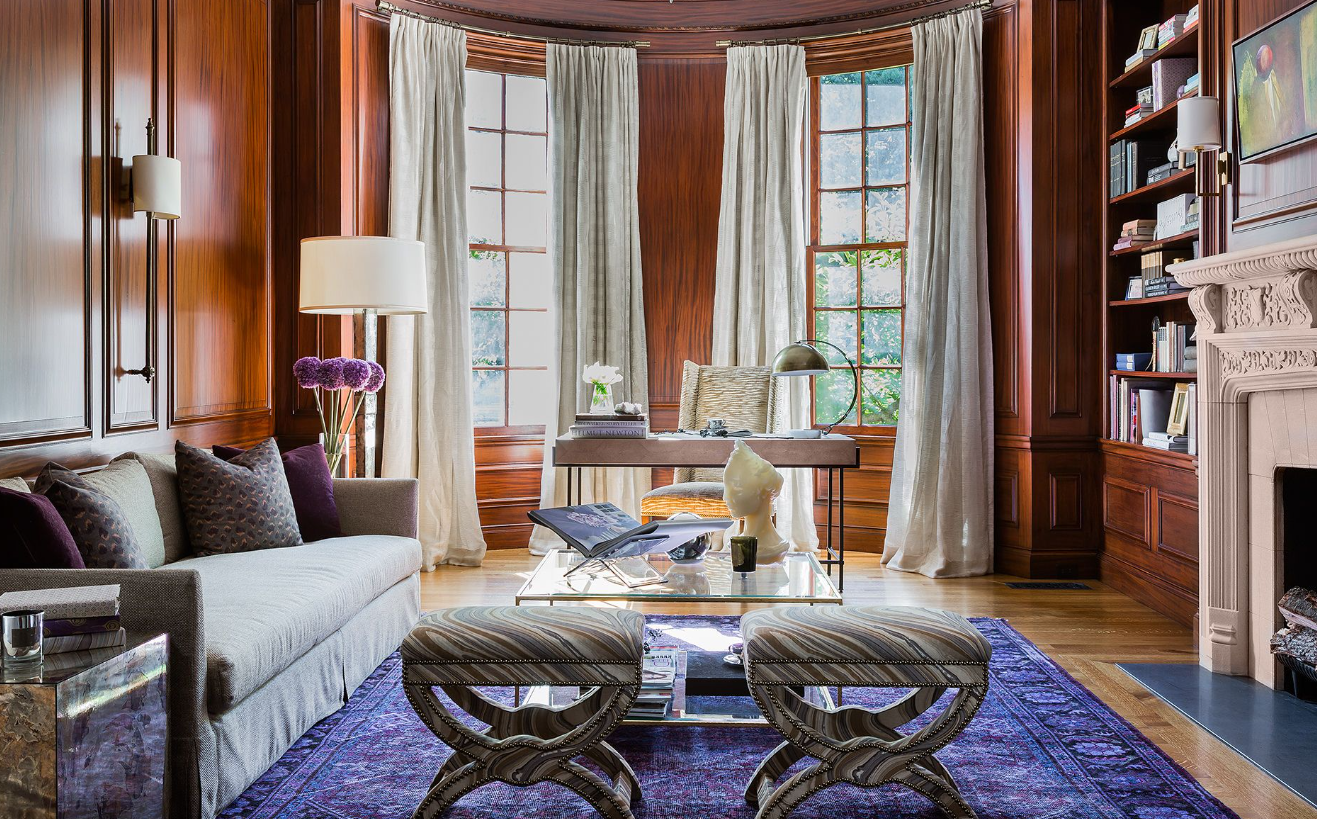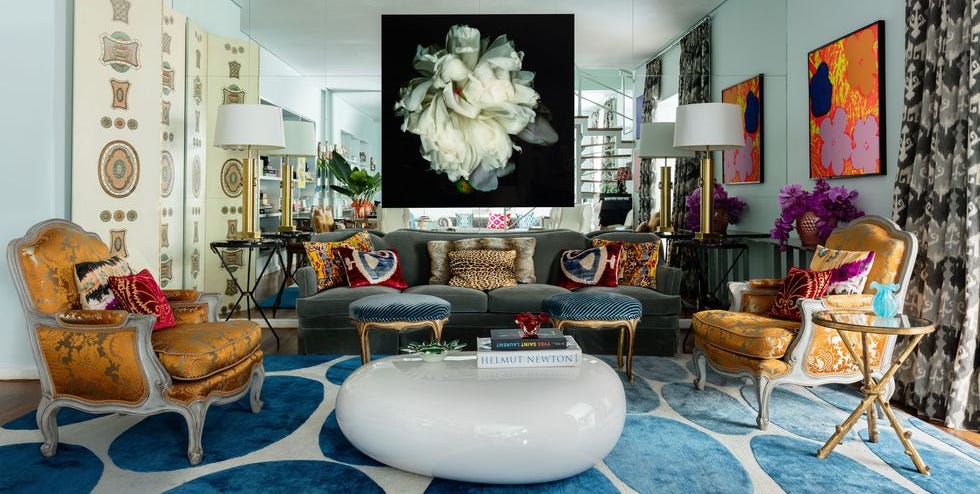In the dynamic landscape of modern workplaces, the design of meeting rooms plays a crucial role in fostering collaboration, creativity, and productivity among team members. Gone are the days of mundane conference spaces; today’s meeting rooms are evolving into dynamic hubs that stimulate engagement and idea generation. In this article, we’ll explore innovative meeting room design ideas that go beyond traditional setups, providing an inspiring environment for effective team discussions and decision-making.
1. Flexible Furniture Arrangements:
Consider adopting flexible furniture arrangements that can be easily reconfigured to accommodate various meeting formats. Mobile and modular furniture allows for quick adjustments, promoting a dynamic environment that suits different team activities, from brainstorming sessions to formal presentations.
2. Technology Integration:
Integrating state-of-the-art technology is essential for modern meeting rooms. Interactive displays, wireless presentation systems, and video conferencing capabilities enhance communication and collaboration. Ensure that the technology is user-friendly to encourage seamless interactions during meetings.
3. Nature-Inspired Elements:
Bringing elements of nature into the meeting room can have a positive impact on creativity and well-being. Consider incorporating biophilic design elements such as plants, natural light, or even nature-inspired artwork. These elements can contribute to a more relaxed and open atmosphere, conducive to free-flowing discussions.
4. Creative Color Schemes:
Explore vibrant and creative color schemes to stimulate energy and creativity. While neutral tones can create a calm atmosphere, pops of color can add a dynamic touch to the space. Consider your company’s branding and culture when selecting colors to ensure alignment with the overall workspace design.
5. Collaborative Spaces:
In addition to the traditional conference table setup, create collaborative zones within the meeting room. Provide comfortable seating arrangements like lounge chairs or standing desks to encourage informal discussions and brainstorming sessions. A variety of seating options can cater to different preferences and workstyles.
6. Smart Lighting Solutions:
Optimize lighting conditions to support focus and productivity. Natural light is ideal, but if that’s not possible, invest in smart lighting systems that can be adjusted based on the time of day and the type of meeting. Adjustable lighting can positively impact mood and concentration levels.
7. Acoustic Design:
Effective acoustic design is crucial in preventing distractions and ensuring clear communication. Consider incorporating sound-absorbing materials, such as acoustic panels or carpets, to minimize noise and create a conducive environment for focused discussions.
8. Branding and Identity:
Infuse the meeting room with the company’s branding elements to create a sense of identity. This could include logos, mission statements, or even company colors. A branded meeting room not only reinforces the company’s culture but also instills a sense of pride among team members.
9. Wellness Corners:
Recognize the importance of employee well-being by incorporating wellness corners within meeting spaces. This could include comfortable seating, plants, and even relaxation features. A brief break in a calming environment can rejuvenate team members and enhance overall productivity.
10. Sustainable Design Practices:
Incorporate sustainable design practices into meeting room layouts. Choose eco-friendly materials, energy-efficient lighting, and consider implementing recycling stations. A commitment to sustainability not only benefits the environment but also reflects positively on the company’s values.
In conclusion, the design of meeting rooms goes beyond mere aesthetics; it directly influences the quality of collaboration and innovation within a team. By embracing these innovative meeting room design ideas, organizations can create spaces that inspire creativity, foster collaboration, and ultimately contribute to the success of their teams and projects. Strive for meeting rooms that are not just functional but serve as catalysts for a culture of excellence and innovation.




